Earlier this year, I calculated the price of purchasing a roll of color negative and the develop & scanning fee in the local labs. It would cost $16 USD per roll, approximately, quite expensive for a street photography hobbyist like me. I don’t want to be restricted by the high expense of every shutter I pressed, so I decided to quit film and go for digital.
Home development reduce the cost drastically!
However, recently, my just-retired father is gaining interest in self-developing all kinds of film. We realized the cost per roll of 500T/250D could be reduced to around $6 USD by bulk-loading, home developing and scanning! My father was interested in photography and darkroom when he was young. I majored in Chemistry, and I have already experienced developing black and white rolls when I was in high school ten years ago. So the return to changing bag, developing tank, and water bath is very natural for us. More importantly developing at home gives us the freedom to experiment push or pull process without paying extra money to the labs. One lab charges 50% more of the original develop & scan price for each stop, crazy!
To take a leap for the first time: Push 500T to 1600
We have got successful results from shooting and developing 250D @ EI 400 and 500T @ EI 800. This time we went out in a gloomy afternoon in Guangzhou to test if the 500T could handle exposures and developments at EI 1600. I took the Voigtlander 21/4 Color-Skopar out with the Leica M4. It was such a great pleasure to use this combo. Smooth as butter. Although the 21mm viewfinder occupied the cold shoe of M4 and no place to hook my TTArtisan cold shoe meter, the light conditions were quite stable in an overcast afternoon, and I have been quite familiar with metering with my “eye” and experiences. Sometimes when I was not sure about the exposures, I took out the cold shoe meter from my pocket and measured for my palm and the ground.
The results turned out to be great! The densities of the negatives are very appealing, no clues of the thin and transparent part from underexposures. We added 90 seconds to the developing time, because the official ECN-2 document suggests 100 seconds for full two stops of pushing.
Here are 5 frames selected from the roll. Scanned with Plustek 8200iSE, SilverFast 8.
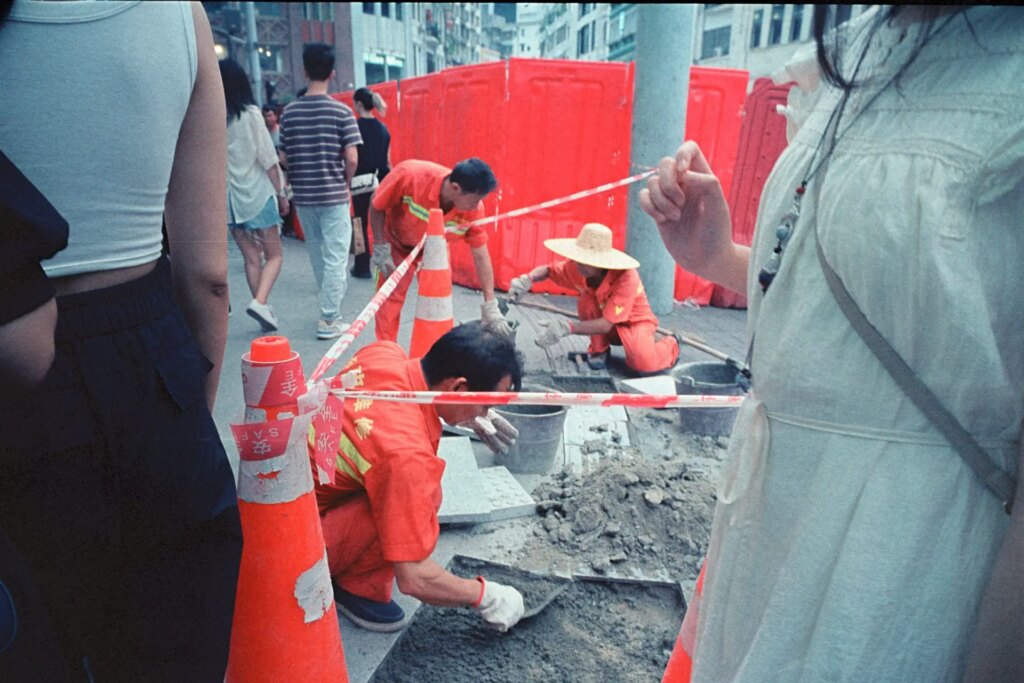
Leica M4, CV 21/4, Kodak 5219@1600
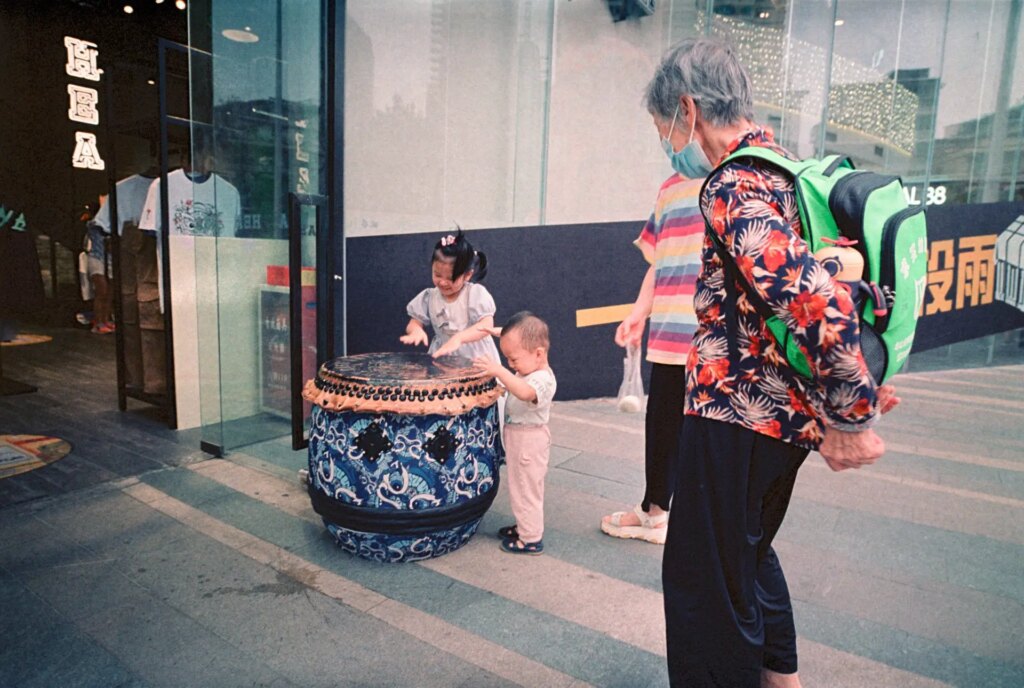
Leica M4, CV 21/4, Kodak 5219@1600
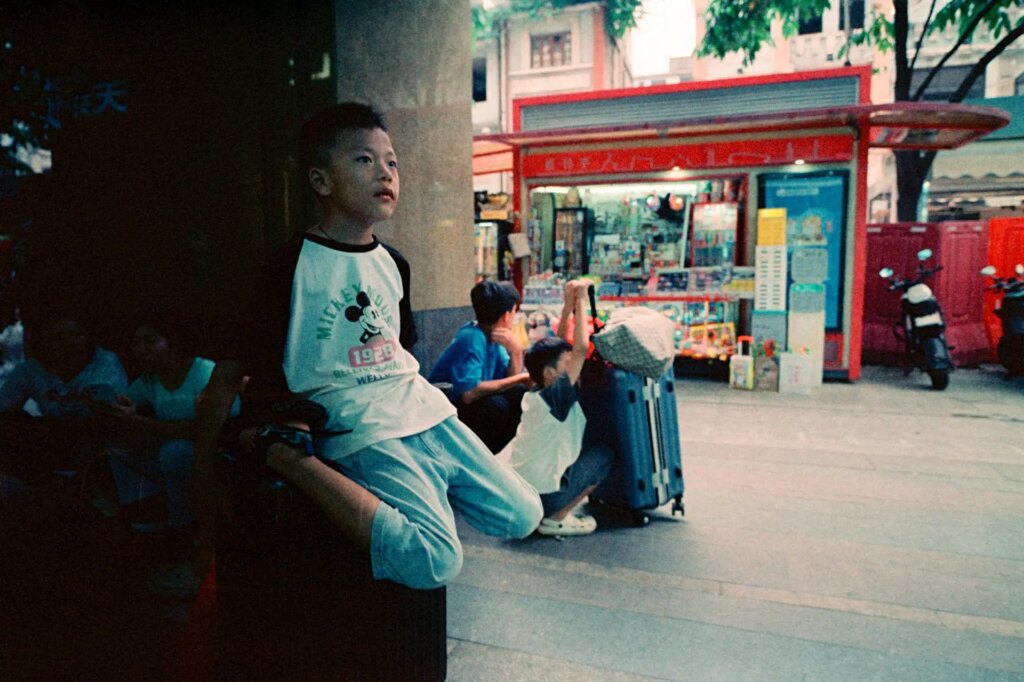
Leica M4, CV 21/4, Kodak 5219@1600
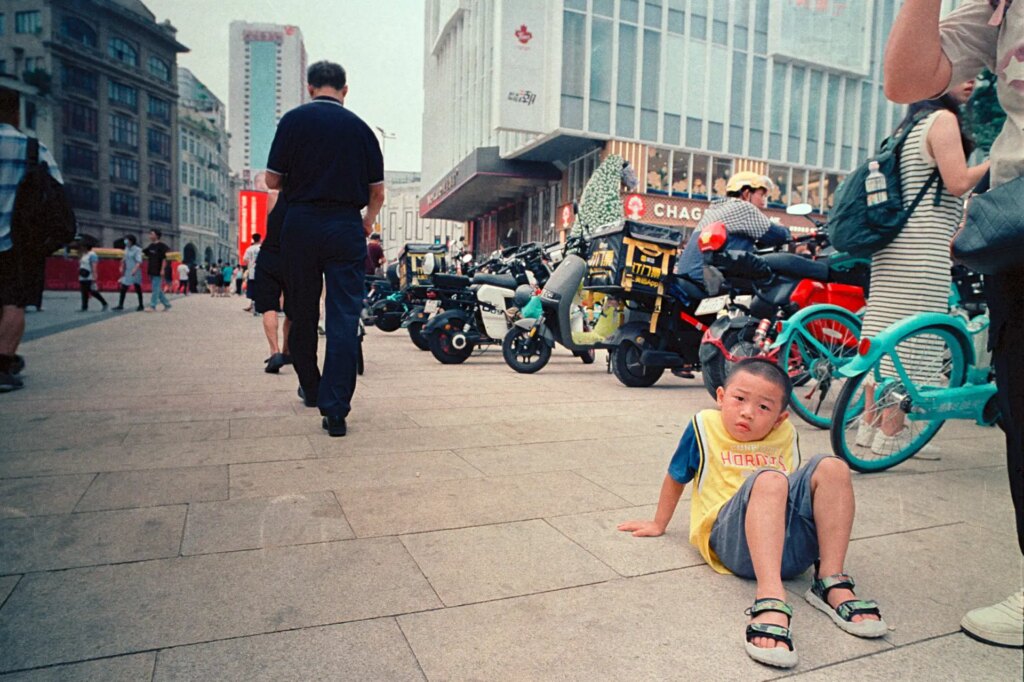
Leica M4, CV 21/4, Kodak 5219@1600
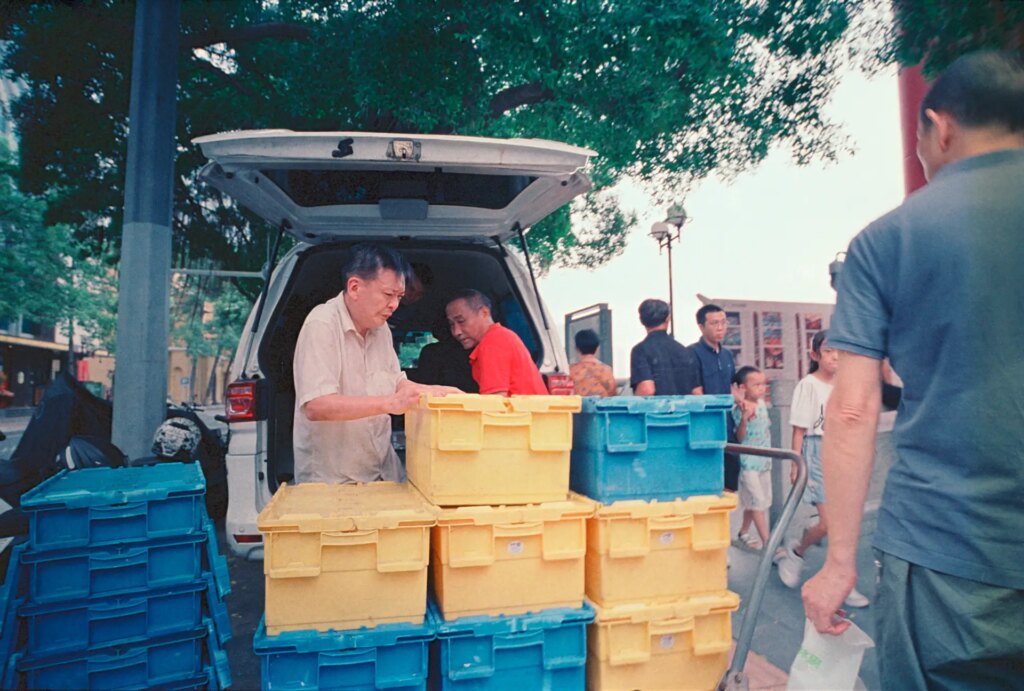
Leica M4, CV 21/4, Kodak 5219@1600
Afterthoughts…
The exposures and densities of the negative feel quite nice. The 500T indeed has a large latitude. Although it was underexposed for 1 and 2/3 stops, the pushing process recovered lots of details in the darker tone. However, a tint of blue seems to be dominating the whole roll. We suspected it was due to the prolonged manual rotations of the developing tank out of the water bath. The rotation enabled us to develop the film with half volume of the tank, but resulted in more heat loss. Hence, the color shifted during the deviation from the 41.1 degree Celsius requirement. We prepare to fix this issue in the next trial of ECN-2 pushing process, and I will surely report it in the future!
With the lower cost and possibility of pushing color film to EI 1600 and even more, shooting film for street photography becomes available to me again. I want to try pushing 500T to EI 2000/3200 to do street photography at night next time. And I find handling the M4 is much more pleasant than the M10-P…though my M4 is sent out for a replacement of the shutter curtains and CLA now.
You can find me on instagram: @greenhillboss
Share this post:
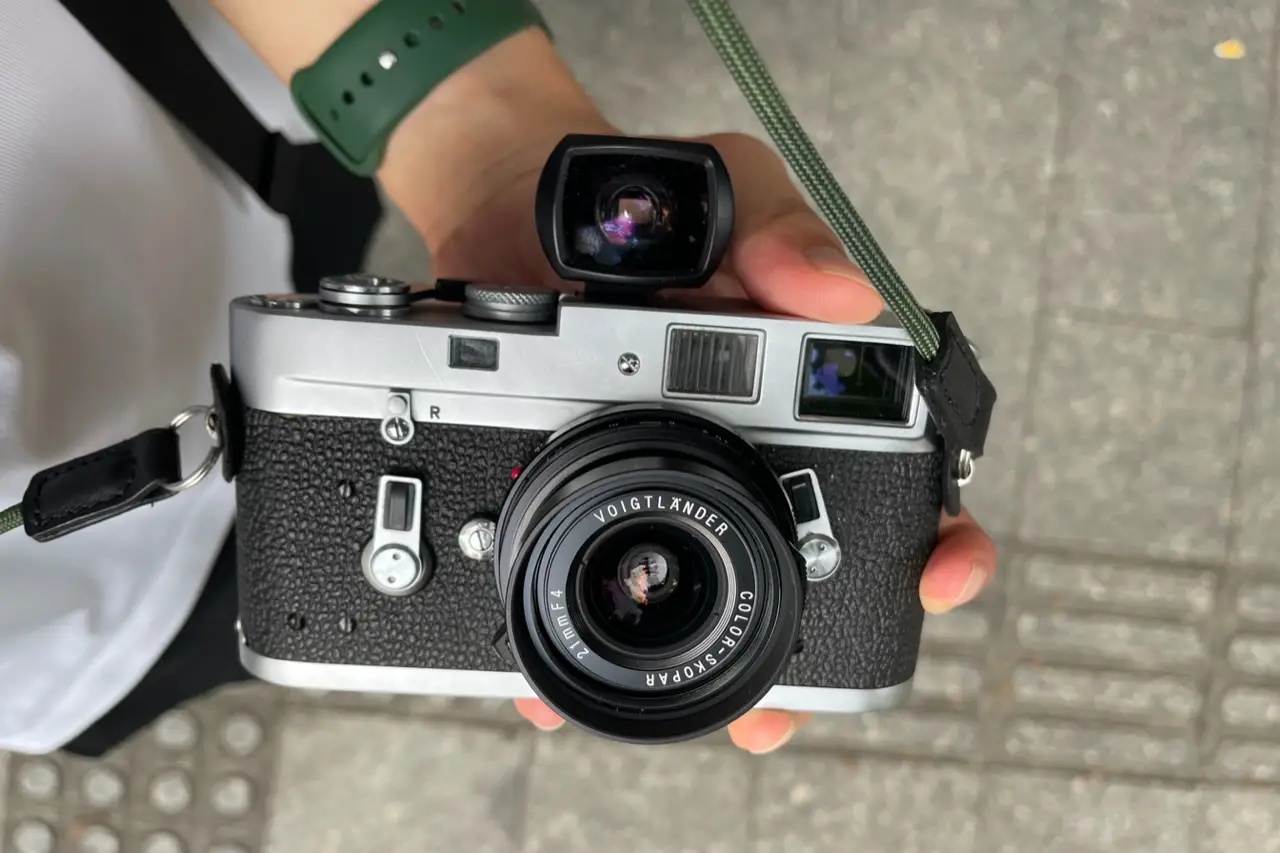


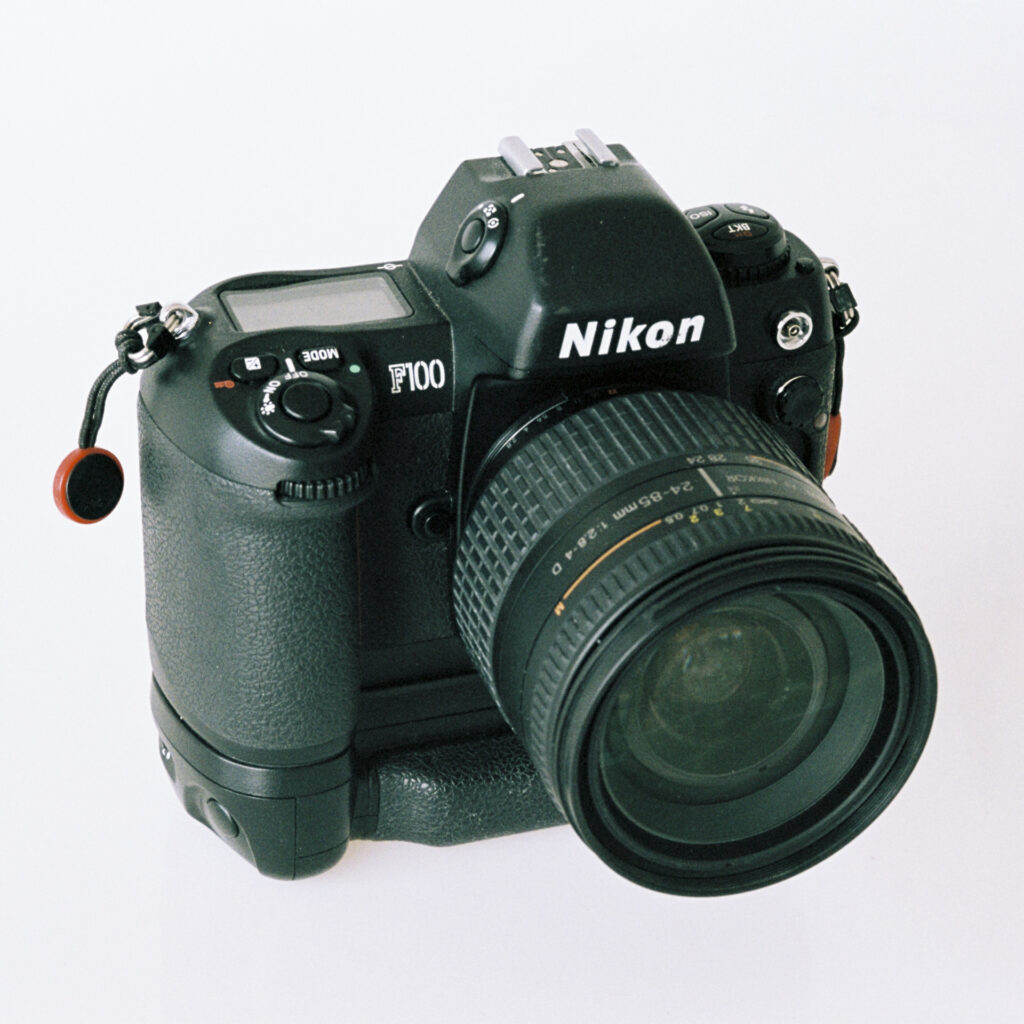
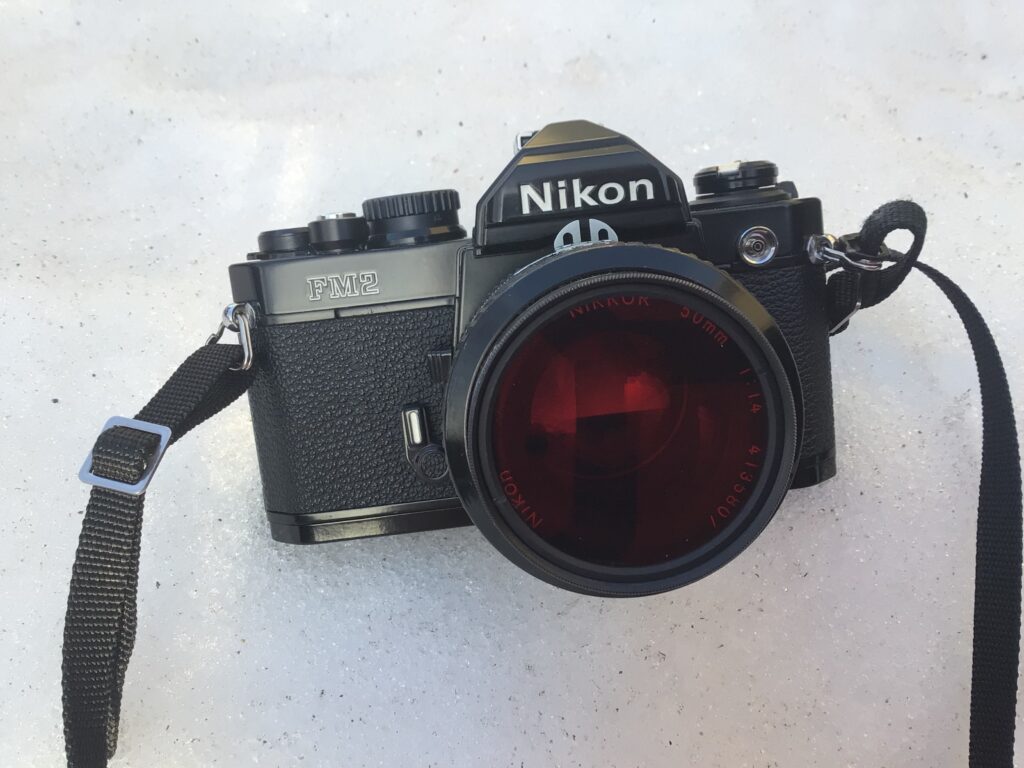




Comments
Johannes on 5 frames of Kodak Vision3 500T pushed to 1600 at home
Comment posted: 27/09/2023
Comment posted: 27/09/2023
Frank on 5 frames of Kodak Vision3 500T pushed to 1600 at home
Comment posted: 27/09/2023
Are your estimates accurate for development in China? I can get a full 36exp roll develop scan at $11 in Beijing.
Comment posted: 27/09/2023
Don Goodman-Wilson on 5 frames of Kodak Vision3 500T pushed to 1600 at home
Comment posted: 27/09/2023
Comment posted: 27/09/2023
Gus on 5 frames of Kodak Vision3 500T pushed to 1600 at home
Comment posted: 27/09/2023
Comment posted: 27/09/2023
Geoff Chaplin on 5 frames of Kodak Vision3 500T pushed to 1600 at home
Comment posted: 28/09/2023
Comment posted: 28/09/2023
Skip on 5 frames of Kodak Vision3 500T pushed to 1600 at home
Comment posted: 28/09/2023
Comment posted: 28/09/2023
Darren Fielding on 5 frames of Kodak Vision3 500T pushed to 1600 at home
Comment posted: 03/10/2023
Brian on 5 frames of Kodak Vision3 500T pushed to 1600 at home
Comment posted: 07/12/2023
Comment posted: 07/12/2023